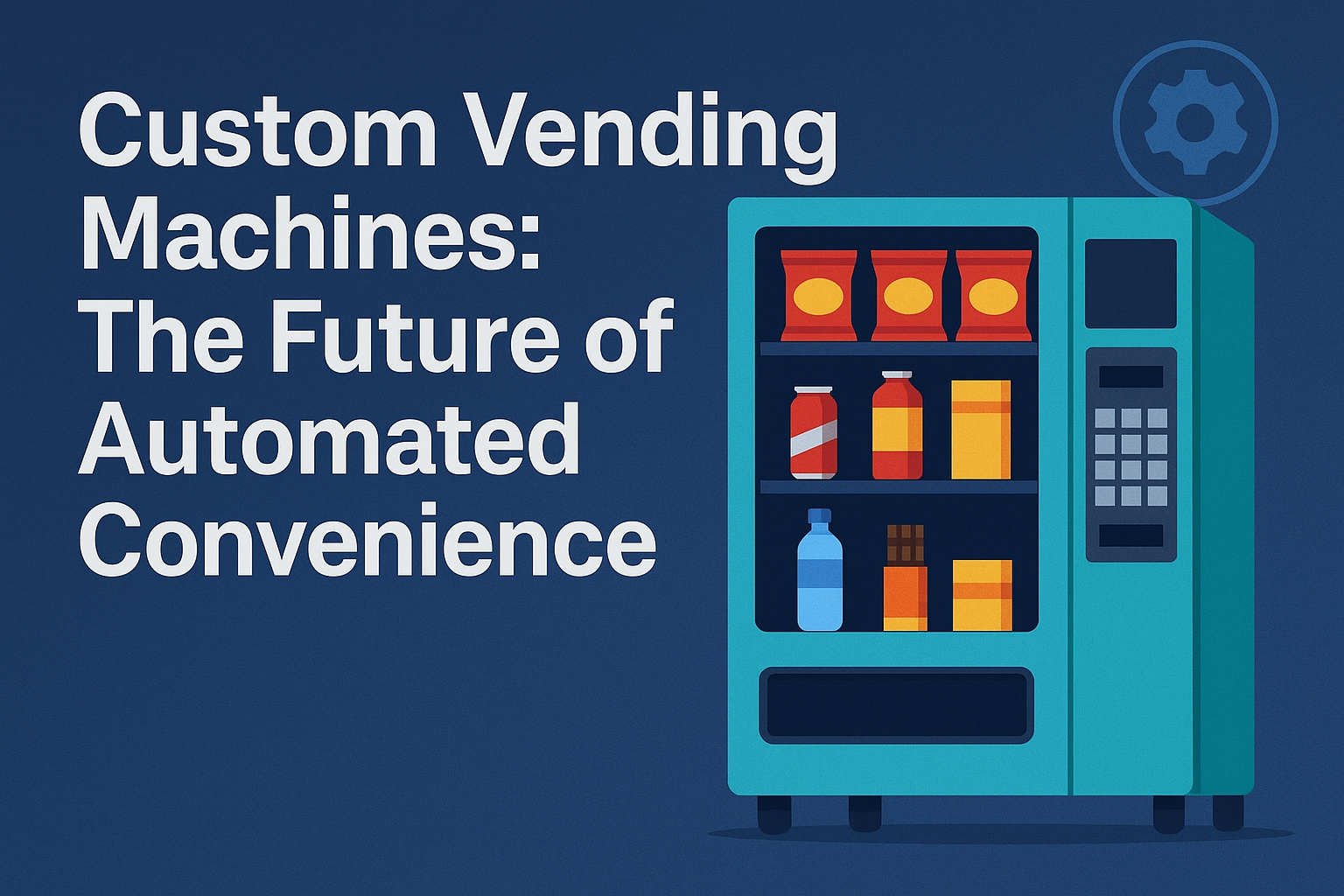Uncategorized
Vivek Kaul: India’s Econ Voice Simplifying Complex Finance
Vivek Kaul began his professional journey after earning an MBA, starting in financial journalism around 2005. He later served in senior editorial roles at Daily News and Analysis (DNA) and The Economic Times. His early focus was on personal finance, which he dismantled into clear, jargon-free narratives for a wider audience.
Rise Through the Financial Crisis of 2008
Kaul’s breakout moment came during the 2008 global financial crisis. Seeking clarity amid complex economic jargon, readers turned to his writings explaining terms like “subprime” and “liquidity” in everyday language. A widely read article in September 2008 propelled his reputation and inbox overflowed with messages seeking more clarity.
Easynomics Newsletter and Voice of Clarity
He launched the popular newsletter Easynomics, where he continues the practice of using conversational, hypothetical narratives to explain fiscal and macroeconomic issues. His ability to frame policy updates—like budgets or inflation—in relatable analogies expanded his reader base across demographic groups.
Major Publications and Books
Kaul authored five best‑selling books, including the acclaimed Easy Money trilogy, which explores the history of money and banking leading up to and during the 2008 financial crisis. His latest book, Bad Money – Inside the NPA Mess and How It Threatens the Indian Banking System, became an Amazon bestseller soon after release. Other notable works include India’s Big Government, critiquing state intervention in the economy.
Easy Money Trilogy: Narrating Financial Evolution
The Easy Money trilogy, published between 2013 and 2018, unpacks how monetary systems—from tobacco and rice currencies to modern banking—shaped global finance. Reviewers have praised it for blending thorough research with captivating storytelling that appeals even to non-specialists.
Bad Money: India’s Banking Crisis Explained
In Bad Money, Kaul dissects the rising tide of non-performing assets (NPAs) in India and how systemic issues pose growing risks to the banking system. His analysis remains rooted in data and experience, with a clear indictment of policy failures and institutional gaps.
Columnist and Media Presence
Kaul writes regularly for Mint, BBC, Dainik Jagran, Newslaundry, and Bangalore Mirror. His commentary frequently appears in international media like The Economist and CNN. He is also a guest commentator on outlets such as Mirror Now, CNBC Awaaz, and NDTV India.
Econ Central Podcast: Conversational Econ Education
Together with journalist Amit Varma, Kaul co-hosted the weekly podcast Econ Central, which broke down current events in India through an economic lens—ranging from cricket to policy crises. Though it concluded in 2020 after 15 episodes, the podcast remains a valuable archive of economic storytelling.
Accessible Style and Public Recognition
Kaul has earned the moniker “Twitter’s favourite economist,” renowned for his clear, accessible prose that anyone can understand. His approach demystifies economic policy and investing for retail audiences, often infusing humor and everyday analogies.
Lectures, Academic Influence, and Web Presence
Although not holding formal academic credentials in economics, Kaul has lectured at prestigious Indian institutes like IIM Bangalore, IIM Indore, IIM Kozhikode, IIM Visakhapatnam, NMIMS, and Symbiosis Institute of Media and Communication. His blog (vivekkaul.com) hosts numerous articles, podcasts, and book insights.
Strengths and Public Appreciation
A common praise for Kaul is how he translates intricate policy and economic phenomena into digestible stories and analogies, often using hypothetical scenarios and everyday metaphors. His newsletter Easynomics and book titles reflect this signature style, making him a go‑to voice in Indian economic commentary.
Criticisms and Counterpoints
Some readers and Reddit users have critiqued Kaul’s take on economic policy—arguing his commentary occasionally lacks nuance on trade-offs within macroeconomic environments. For instance, during discussions on real interest rates and slow growth, critics highlighted that his views may overlook broader policy constraints faced by central banking authorities.
Engagement with Reddit and Reader Communities
Reddit discussions often cite Kaul’s predictive commentary, particularly around India’s banking and economic stimulus topics. For instance, his warning about loan defaults post‑COVID stimulus packages resonated in policy circles and Reddit threads debating India’s macroeconomic trajectory.
Recommendations for Similar Authors
Readers who enjoy Kaul’s data-driven yet conversational writing style are often directed toward authors like Raghuram Rajan, Kaushik Basu, and Andy Mukherjee—who similarly blend policy insight and personal clarity, though some lean more academic in tone.
Cultural and Personal Interests
Beyond economics, Kaul is a fan of crime fiction authors such as Ian Rankin, Michael Connelly, and John le Carré. He also enjoys Hindi satirists like Sharad Joshi and Harishankar Parsai. These influences occasionally shape the narrative style of his own writing, which often includes anecdotal or fictional frames.
Legacy and Impact on Indian Economic Literacy

Vivek Kaul occupies a unique space in Indian economic journalism: a bridge between technical financial news and general readers. By simplifying complex narratives without sacrificing depth, he has contributed significantly to public economic literacy, especially during key periods like the 2008 crisis and India’s banking troubles.
Conclusion
Vivek Kaul has emerged as a leading voice in Indian economics and finance through his books, newsletters, journalism, and public speaking. His hallmark is clarity: unpacking intricate financial systems, policy decisions, and banking crises in a style accessible to regular readers. While some critics point to occasional oversimplification, his overall influence in bridging the gap between technical economics and everyday understanding is undeniable. Voor readers seeking insight into India’s monetary history, public finance, or economic policy, Kaul remains a trusted guide.
-

 Tech11 months ago
Tech11 months agoHow to Use a Temporary Number for WhatsApp
-

 Business2 years ago
Business2 years agoSepatuindonesia.com | Best Online Store in Indonesia
-

 Social Media1 year ago
Social Media1 year agoThe Best Methods to Download TikTok Videos Using SnapTik
-

 Technology1 year ago
Technology1 year agoTop High Paying Affiliate Programs
-

 Tech7 months ago
Tech7 months agoUnderstanding thejavasea.me Leaks Aio-TLP: A Comprehensive Guide
-

 Instagram3 years ago
Instagram3 years agoFree Instagram Auto Follower Without Login
-

 Instagram3 years ago
Instagram3 years agoFree Instagram Follower Without Login
-

 Technology11 months ago
Technology11 months agoLeverage Background Removal Tools to Create Eye-catching Videos



















